The 17th
LaureatePainting
Robert Ryman
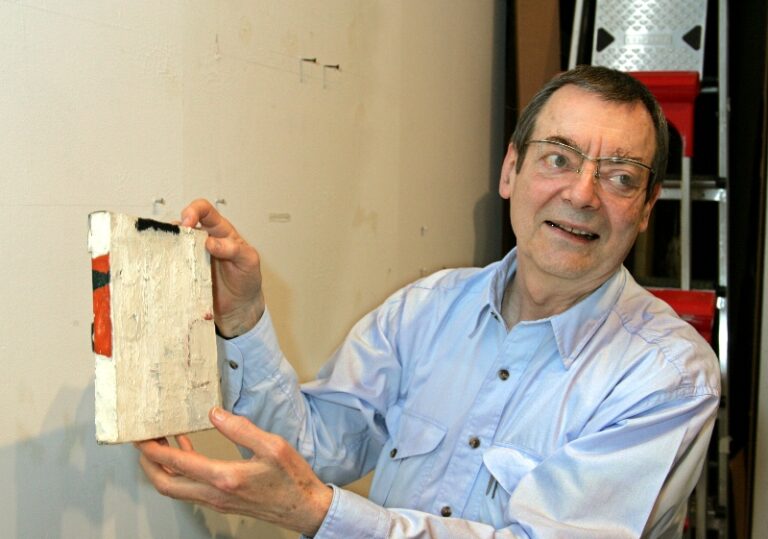
Robert Ryman was born and grew up in Nashville,Tennessee. He started out as a musician but became one of the foremost painters of his generation. As a boy,Ryman studied piano and he later took up the saxophone. In 1952 he headed for New York to study with a Jazz pianist. In New York Ryman took a string of odd jobs - Email-room clerk,etc. to support himself. He started working as a guard at the Museum of Modern Art,New York,in 1953 and during that year made his first paintings.
In 1955,Ryman began what he considers his earliest professional work,a largely monochrome painting titled "Orange Painting." His work was first exhibited at a staff show at MoMA,but in 1961 he began to paint on a full time basis. In 1966 Ryman’s work was included in an exhibition at the Solomon R. Guggenheim Museum with 28 other artists,including Ellsworth Kelly,Jackson Pollock,and Frank Stella. His first solo exhibition in a New York museum was also at the Guggenheim,in 1972. He was also exhibited that year in Documenta in Kassel.
Ryman was inspired by the work he saw daily at MoMA,particularly paintings by Matisse and Rothko. Significantly,during the period that Ryman worked at MoMA there were exhibitions featuring Abstract Expressionist works,including the seminal "The New American Painting" exhibit that gave recognition to this movement. Ryman set out to explore all the subtleties of texture,the qualities of pigment,all the shades of "white" and the natural colors of the surfaces to which he applied his brush - from traditional canvas and linen to steel,copper,fiberglass and a range of synthetic materials. The result is a body of work unique in the history of modern painting for its attention to the specifics of the medium made visible through the consistent use of one basic tone.
Ryman is often referred to as a painter of "white paintings," but he has protested,saying "I’m not really interested in white as a color,although I have at times used different whites for different purposes. White is used instrumentally and for itself; but ‘whiteness′ as such is not the work’s subject or essence. When it snows,you see things clearly that you didn’t see before. So the white can eliminate certain visual clutter so that you can see nuances and certain things that you wouldn’t be aware of ordinarily."
Ryman has also said of his work: "There is never a question of what to paint,but only how to paint. The how of painting has always been the image."
Biography
Robert Ryman was born and grew up in Nashville,Tennessee.
He started out as a musician but became one of the foremost painters of his generation. As a boy,Ryman studied piano and he later took up the saxophone. In 1952 he headed for New York to study with a Jazz pianist. In New York Ryman took a string of odd jobs -mail-room clerk,etc. to support himself. He started working as a guard at the Museum of Modern Art,New York,in 1953 and during that year made his first paintings.
In 1955,Ryman began what he considers his earliest professional work,a largely monochrome painting titled "Orange Painting."
His work was first exhibited at a staff show at MoMA,but in 1961 he began to paint on a full time basis. In 1966 Ryman’s work was included in an exhibition at the Solomon R. Guggenheim Museum with 28 other artists,including Ellsworth Kelly,Jackson Pollock,and Frank Stella. His first solo exhibition in a New York museum was also at the Guggenheim,in 1972. He was also exhibited that year in Documenta in Kassel.
Ryman was inspired by the work he saw daily at MoMA,particularly paintings by Matisse and Rothko. Significantly,during the period that Ryman worked at MoMA there were exhibitions featuring Abstract Expressionist works,including the seminal "The New American Painting" exhibit that gave recognition to this movement. Ryman set out to explore all the subtleties of texture,the qualities of pigment,
all the shades of "white" and the natural colors of the surfaces to which he applied his brush -from traditional canvas and linen to steel,copper,fiberglass and a range of synthetic materials. The result is a body of work unique in the history of modern painting for its attention to the specifics of the medium made visible through the consistent use of one basic tone.
Ryman is often referred to as a painter of "white paintings," but he has protested,saying "I’m not really interested in white as a color,although I have at times used different whites for different purposes. White is used instrumentally and for itself; but 'whiteness'as such is not the work’s subject or essence. When it snows,you see things clearly that you didn’t see before. So the white can eliminate certain visual clutter so that you can see nuances and certain things that you wouldn’t be aware of ordinarily."
Ryman has also said of his work: "There is never a question of what to paint,but only how to paint. The how of painting has always been the image."
Chronology
Made his first paintings
-
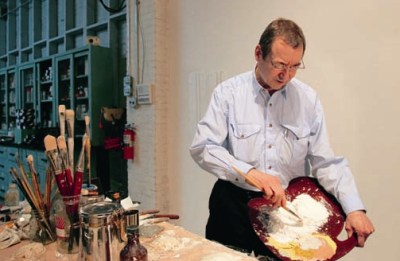
At his studio in New York
-
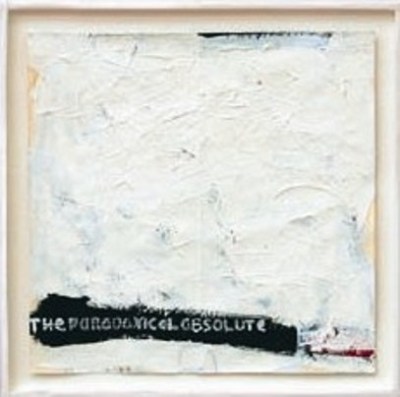
The Paradoxical Absolute, 1958
-
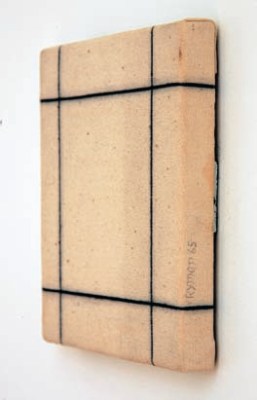
Stretched Drawing, 1963
-
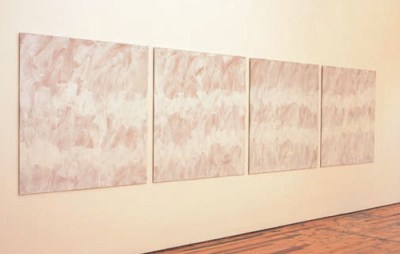
Stations, 1969
-
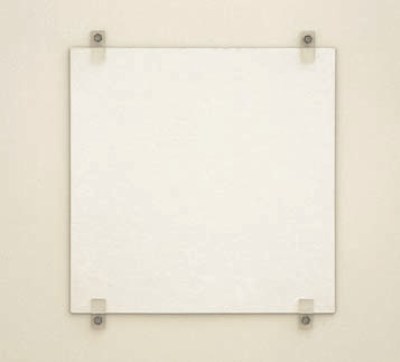
Tower 1, 1976
-
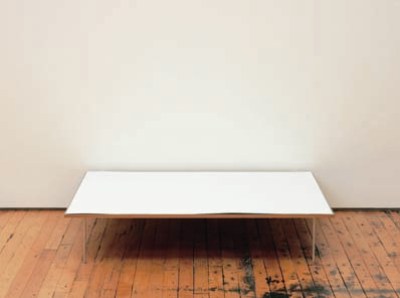
Pair Navigation, 1984
-
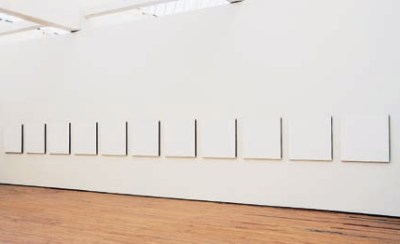
Vector, 1975/1997

